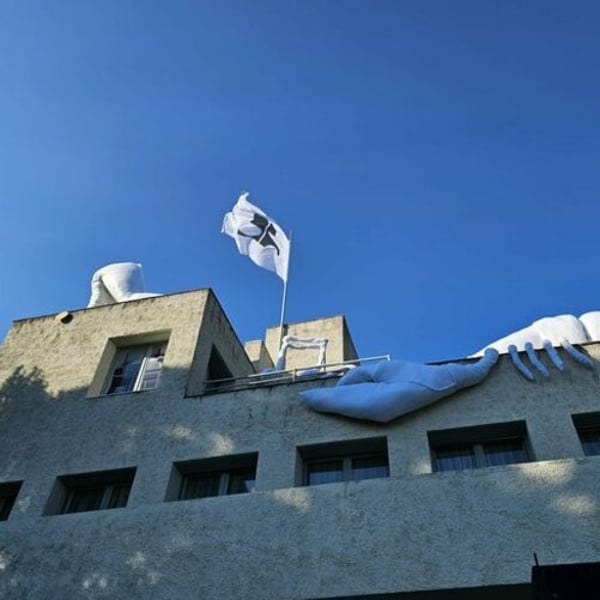By
Reuters
Published
June 3, 2025
Euro zone inflation eased below the European Central Bank’s target last month, a shift that may offer short-term relief to fashion and luxury brands. Easing energy prices, softening wage pressures, and a strong euro could help stabilize production costs and consumer sentiment across European markets. The data, released on Tuesday, underpins expectations for another interest rate cut this week — even as global trade tensions continue to fuel longer-term price pressures and cast a shadow over economic recovery.

Consumer price inflation in the 20 countries sharing the euro slowed to 1.9% in May from 2.2% a month earlier, below expectations for 2.0%, due to a fall in energy prices and a sharp decline in services inflation.
A more closely watched reading on underlying inflation — or prices excluding volatile fuel and food — slowed to 2.3% from 2.7%, driven by a slowdown in services price growth to 3.2% from 4.0%, Eurostat, the EU’s statistics agency, said.
The ECB has cut interest rates seven times since last June, and another move on Thursday is almost fully priced in, given muted wage growth, easing energy prices, a strong euro and lukewarm economic growth — factors that all point toward easing inflation.
Price pressures are so weak that some economists even expect inflation to continue sinking below the ECB’s 2% target this year and not rebound until sometime in 2026.
Opposing trends
This raises a dilemma for the ECB because the short- and longer-term outlooks for prices differ greatly, as inflation could come under upward pressure from a host of factors further out.
This is why investors believe the ECB will pause rate cuts after June and only make one more cut this year, possibly in the autumn.
Interest rates are now firmly in “neutral” territory — where they neither slow economic growth nor stimulate it — an argument for some to step back and assess how erratic U.S. trade policy might impact growth and prices.
Policy hawks have also warned that inflation could rise again soon, given unusually high geopolitical tensions.
A trade war, increased tariffs, deglobalization, and the realignment of corporate value chains are all expected to push prices higher.
In addition, the continued decline of the working-age population and increased investments related to defense and climate change could further raise price pressures.
How these opposing trends will influence ECB policy remains unclear, but the ECB generally looks through short-term price volatility, as it targets inflation in the medium term — a loosely defined concept that typically means one to two years out.
Policymakers, however, could be forced to intervene if they believe a price dip is also pulling down — or “de-anchoring” — longer-term expectations.
FashionNetwork.com with Reuters
© Thomson Reuters 2025 All rights reserved.




